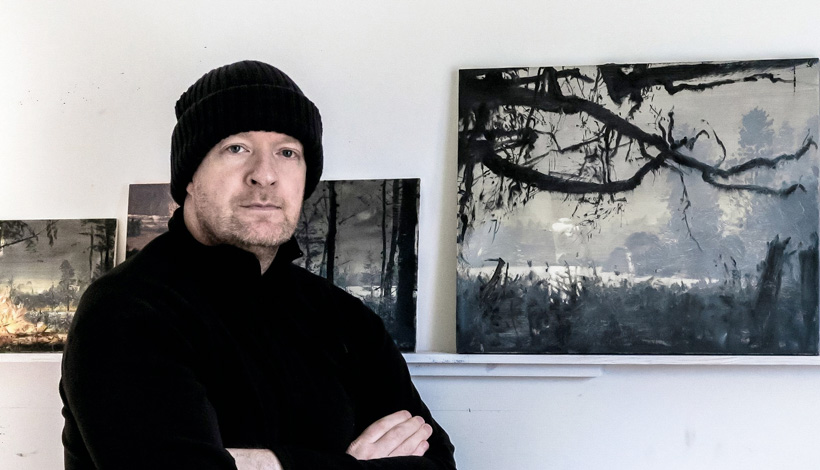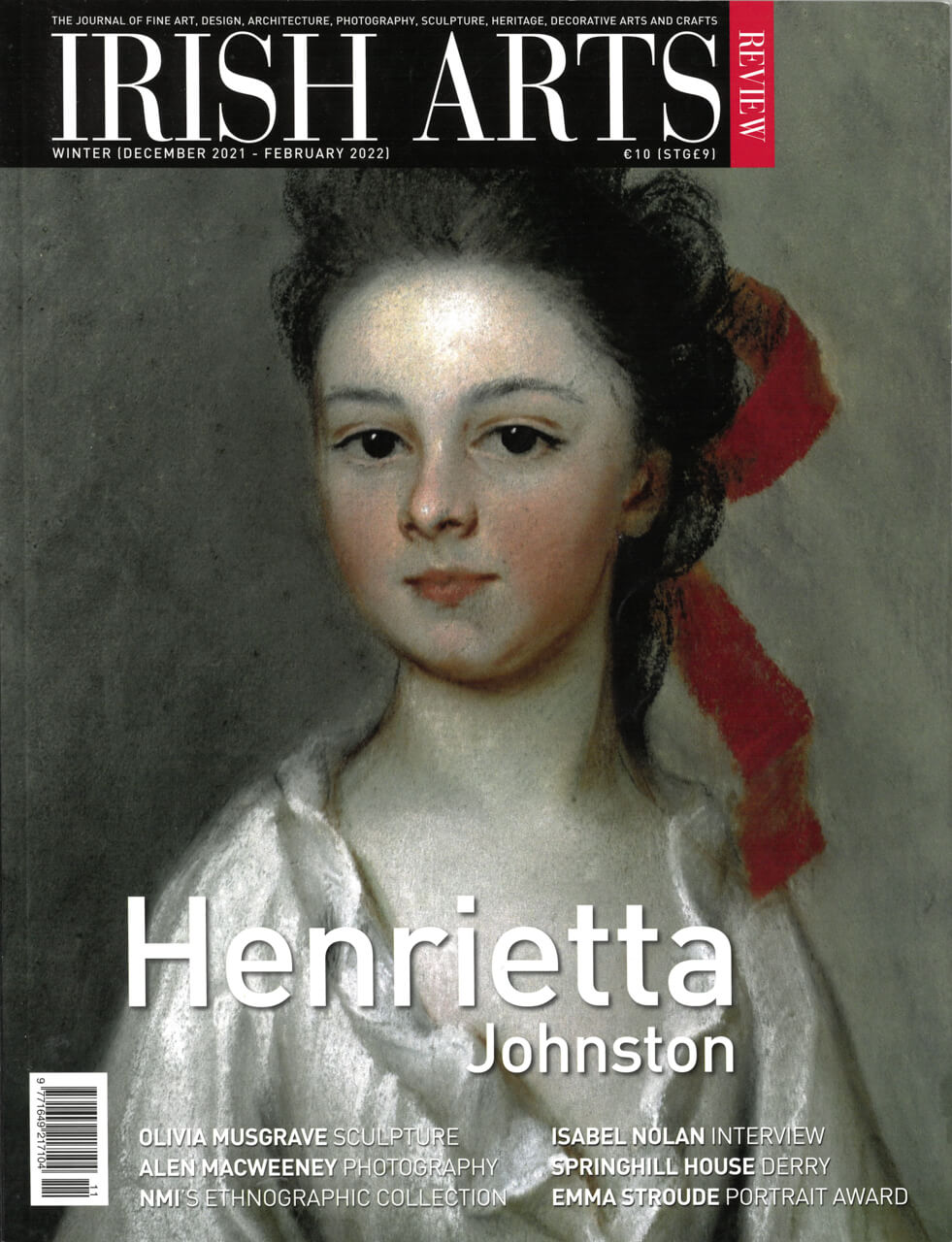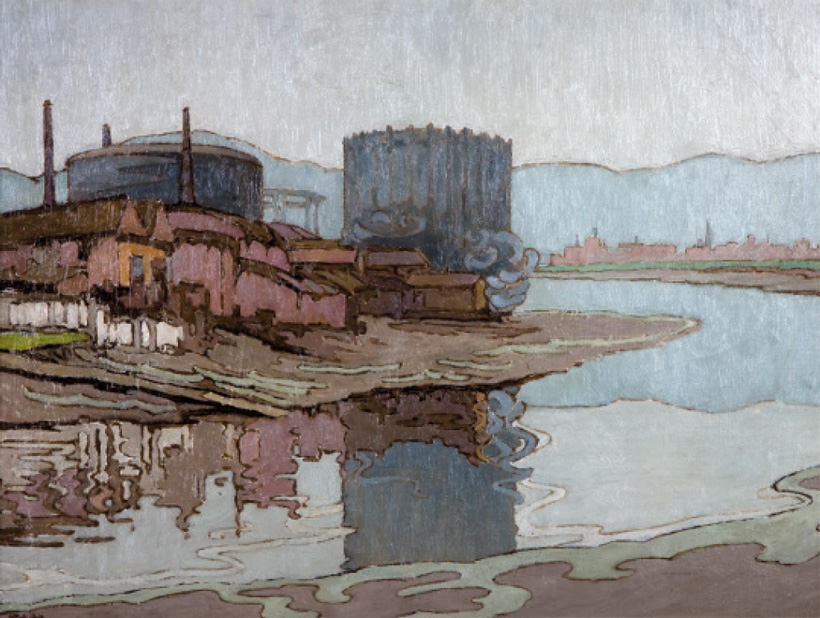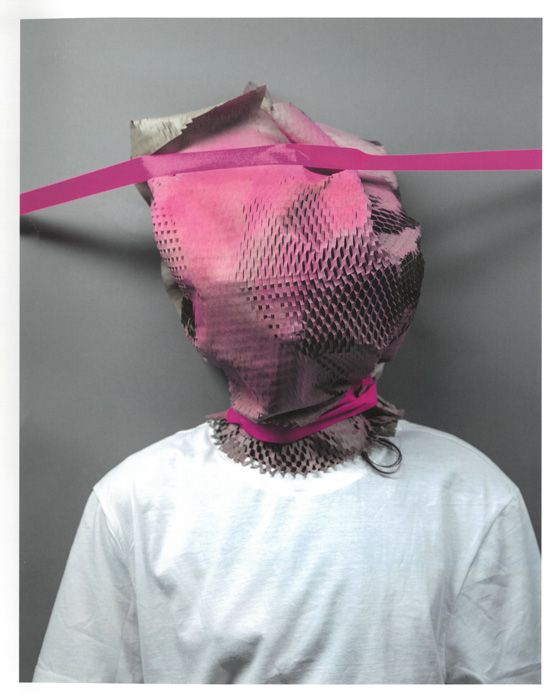I’m always looking for an elemental quality,‚’ artist David Smith tells Aidan Dunne

 I think I’m always looking for an elemental quality,‚’ artist David Smith tells Aidan Dunne Figuratively speaking, David Smith’s paintings have something of the quality of recollections or memories; more literally and materially, they recall vintage photographs. Usually quite small in scale, they nonetheless evoke large vistas. Often close to monochromatic in appearance and tonally subdued, as though viewed through a filter, they are in fact richly, subtly coloured. And occasionally, as with his depictions of solstice fires, for example, they burst into radiant colour. They manage to be simultaneously vague and precise: there can be exact detail, but the locations are ultimately unspecified, half-familiar but impossible to pin down. The whole idea of spaces emerges as central to the artist’s concerns. As Smith offers: ‘All the paintings I make have the same aim really which is to create a space that is non specific and unfixed. The location and time are suggested but uncertain. References to actual places don’t really happen, except for more open-ended nouns…like tree, haze, sun, glare, evening etc. The open-ended aspect is very important to me.‚’ To read this article in full, subscribe or buy this edition of the Irish Arts Review
I think I’m always looking for an elemental quality,‚’ artist David Smith tells Aidan Dunne Figuratively speaking, David Smith’s paintings have something of the quality of recollections or memories; more literally and materially, they recall vintage photographs. Usually quite small in scale, they nonetheless evoke large vistas. Often close to monochromatic in appearance and tonally subdued, as though viewed through a filter, they are in fact richly, subtly coloured. And occasionally, as with his depictions of solstice fires, for example, they burst into radiant colour. They manage to be simultaneously vague and precise: there can be exact detail, but the locations are ultimately unspecified, half-familiar but impossible to pin down. The whole idea of spaces emerges as central to the artist’s concerns. As Smith offers: ‘All the paintings I make have the same aim really which is to create a space that is non specific and unfixed. The location and time are suggested but uncertain. References to actual places don’t really happen, except for more open-ended nouns…like tree, haze, sun, glare, evening etc. The open-ended aspect is very important to me.‚’ To read this article in full, subscribe or buy this edition of the Irish Arts Review
Figuratively speaking, David Smith’s paintings have something of the quality of recollections or memories; more literally and materially, they recall vintage photographs. Usually quite small in scale, they nonetheless evoke large vistas. Often close to monochromatic in appearance and tonally subdued, as though viewed through a filter, they are in fact richly, subtly coloured. And occasionally, as with his depictions of solstice fires, for example, they burst into radiant colour. They manage to be simultaneously vague and precise: there can be exact detail, but the locations are ultimately unspecified, half-familiar but impossible to pin down. The whole idea of spaces emerges as central to the artist’s concerns. As Smith offers: ‘All the paintings I make have the same aim really which is to create a space that is non specific and unfixed. The location and time are suggested but uncertain. References to actual places don’t really happen, except for more open-ended nouns…like tree, haze, sun, glare, evening etc. The open-ended aspect is very important to me.‚’


Peter Somerville-Large recounts the history of the National Museum of Ireland’s significant ethnographic collection, last displayed over thirty years ago

Eileen Black recounts the life and work of Post-Impressionist painter, Georgina Moutray Kyle
